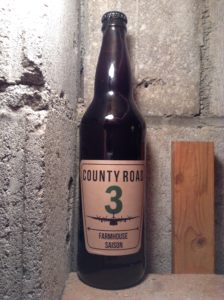 I am not exactly sure of this beer’s name. In its fullest, it is County Road 3 Farmhouse Saison. And it is a saison made out in a farming district. But as it is made by County Road Beer Co. of my wonderful nearby neighbouring wine region, Prince Edward County, I will just call it “3” entirely out of endearment. Careful readers will recall how I visited the site of its brewing almost two years ago just as the concrete for the brew house floor was being poured. For some months now, their saison has appeared in the government store.
I am not exactly sure of this beer’s name. In its fullest, it is County Road 3 Farmhouse Saison. And it is a saison made out in a farming district. But as it is made by County Road Beer Co. of my wonderful nearby neighbouring wine region, Prince Edward County, I will just call it “3” entirely out of endearment. Careful readers will recall how I visited the site of its brewing almost two years ago just as the concrete for the brew house floor was being poured. For some months now, their saison has appeared in the government store.
You know, it must be horrible to be a saison. Of all the classes of beer, saison is the one which still illustrates the original meaning given to the concept of “style” by Michael Jackson.
There are certain classical examples within each group, and some of these have given rise to generally-accepted styles, whether regional or international. If a brewer specifically has the intention of reproducing a classical beer, then he is working within a style. If his beer merely bears a general similarity to others, then it may be regarded as being of their type…
Saison sits weighed under by the classic example, Saison DuPont. Cursed by it. Blessed by it. Luckily I have my New Years Eve 2005 notes to remind me of the particular tyrannical slavery I must subsume myself, my experience under each and every time I encounter any other beer claiming affiliation to the style:
Saison Dupont: 8 pm. New Years In Scotland has come. Very nice. Rich and round with masses of dry palt malt. Lively antique gold ale under replenishing white foam. Fruitier on the nose than in the mouth. There is a pronounced graininess to the malt with only the slightest nod to pear fruit perhaps. The yeast is slightly soured milky. There is hop which is dry, twiggy or maybe even straw-like because it is not like twigginess of Fuggles, devoid of English green or German steel.
Most importantly, the note is date stamped. This couldn’t have been the 42 year old me’s first Hogmanay drink. Likely already wobbly. Still, it’s interesting that I describe what I wasn’t tasting. Spare, dry stuff saison. Yum.
Saison can be horribly mistreated. Somewhere in the archives I have yet to bring over to this new system, I note that I had a saison which was sweet and fruity. In 2010, I wrote “I feel bad about pouring that Three Floyds saison down the drain but it really was poorly thought out…” For me, that is usually the case when saisons go wrong – when many beers go bad, in fact. Blame the original designer. But if saison is hamstrung by the ghost of brewing past, shackled by its own classic example, is it possible that saison designers have less wiggle room? Does this cause the accusations to fly more often? P’raps.
How does this one stand up? It pours an attractive golden pinewood with orange hues. Clouded and effervescent. All under a growing stiff egg white head. It gives off aromas of bubblegum, white grapefruit pith and a bit of dry twiggy herb. Around the gums, the pith and twig come forward with French bread crumb laced with white pepper and a little parsley – then a little tweek of orange, a heart of cream of wheat, a nod to honey and dry lavender in the finish.
What is not to like? Only two BAers, one unhappy. Sadly style foolish as so many are.

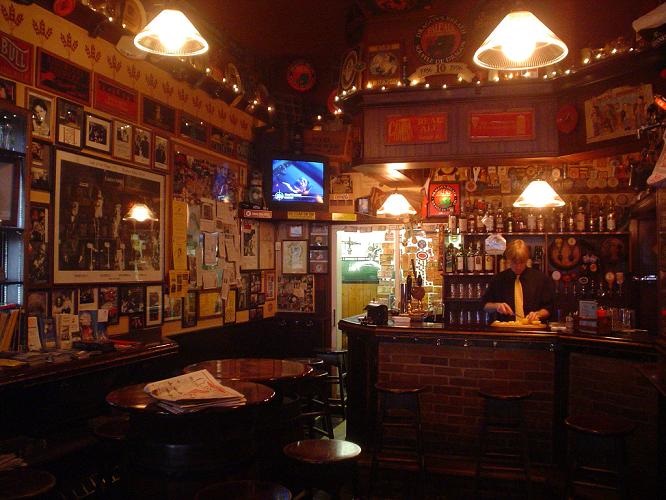
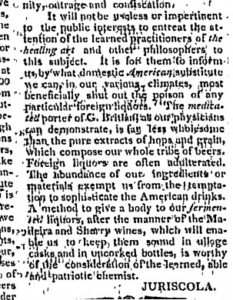
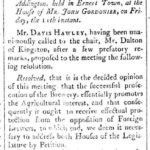
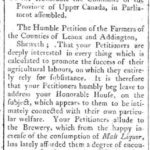
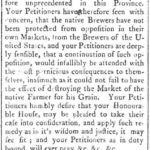
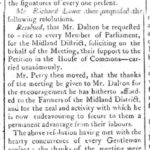
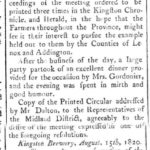
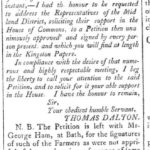
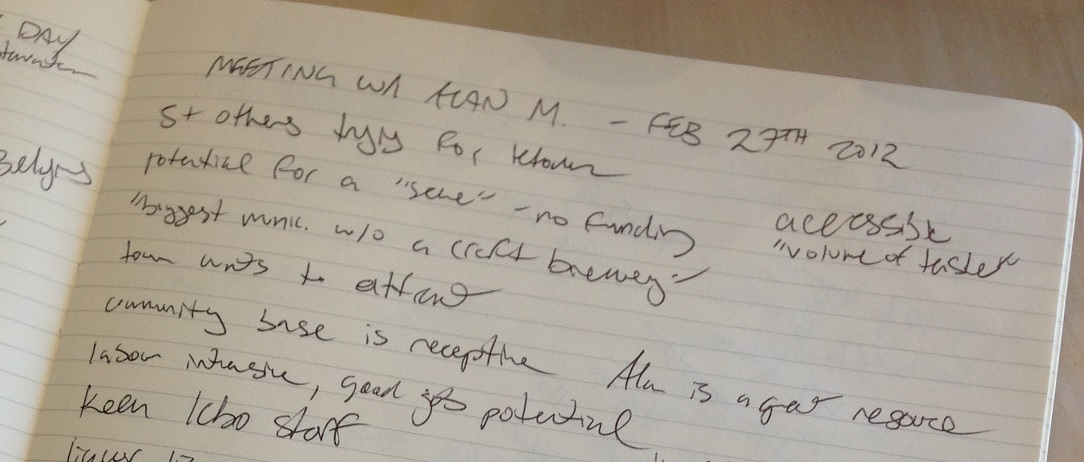

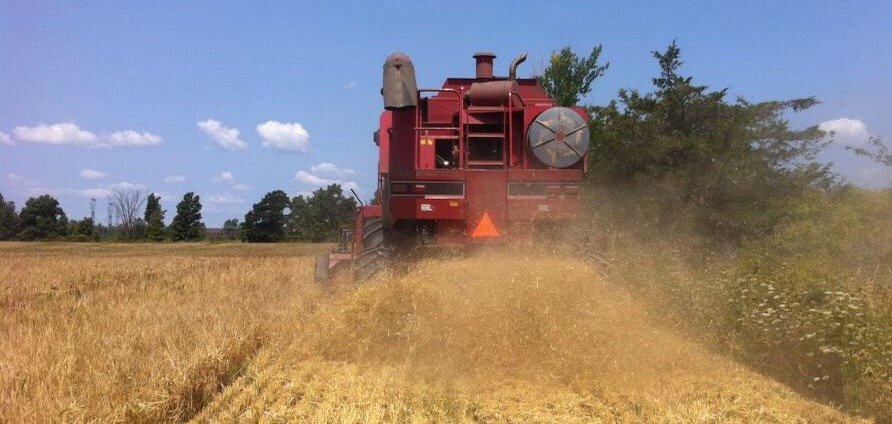
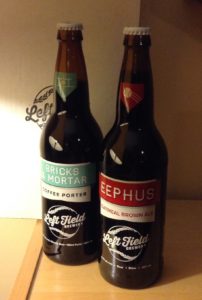 Is it just me or are samples you don’t ask for different? A wee giftie. A few brewers still send me stuff like these two beers from Toronto’s
Is it just me or are samples you don’t ask for different? A wee giftie. A few brewers still send me stuff like these two beers from Toronto’s 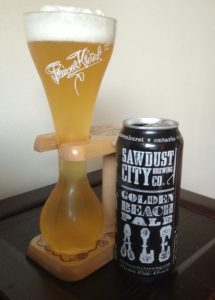 Ah, my least favorite glass ever meets my favourite brewery of 2016. I got the Kwak glass likely the best part of
Ah, my least favorite glass ever meets my favourite brewery of 2016. I got the Kwak glass likely the best part of